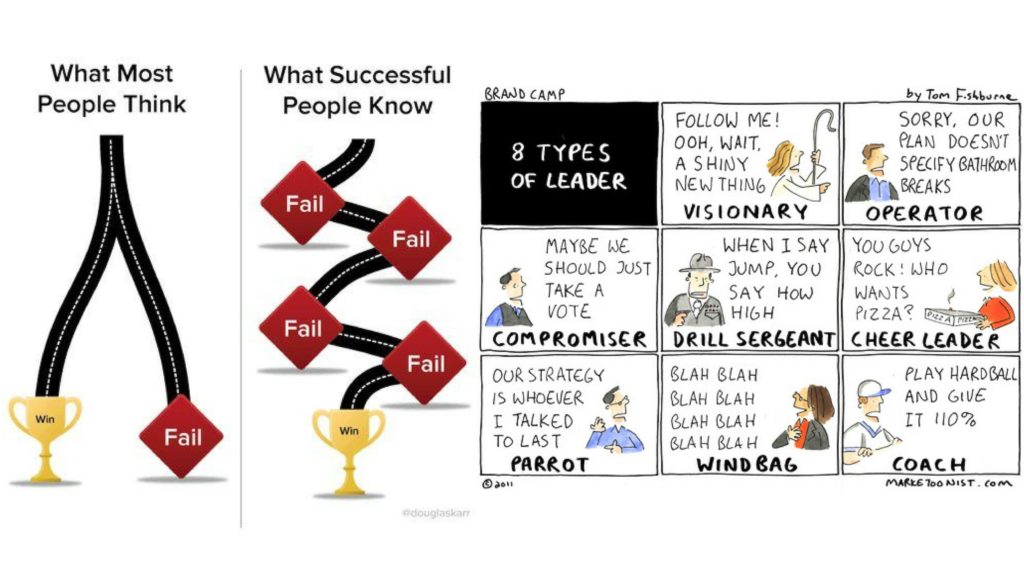How to build an effective leadership team

A great working relationship needs to sit within a secure team structure and efficient conditions for working. Only then will we have an increased opportunity for sustained success.
Does Google know it all?
Certainly, a leader can google the words ‘effective team structures’ and be guided by a thousand answers that will be valid, but there is something unique about school leadership teams that are not so easily described in a google search.
Very few companies have the top of the hierarchy so often on ‘the shop floor’, but this is exactly where you will find many head teachers. Teaching exam groups, meeting parents daily at the gate, clearing plates in the dining hall! Then at 4 pm, they can be found leading high-level strategies meetings, dealing with budgets in the millions.

It is the robustness and well thought out team structures that allow heads to function like this across an academic year, so let’s look at the components of such a team.
Wageman et al. (2008), gave 6 conditions required to create effective leadership teams in schools;
1. An appropriate team structure
2. A clear and compelling purpose
3. Able and competent members
4. Clear operating rules
5. Strong team leadership
6. Regular self- evaluation
Great teams place equal emphasis across all 6 conditions and invest time, energy and training in them. Good teams tend to focus on 3 -4 of these, the remaining 2 get covered if there is time.
Dysfunctional or non-effective teams often have a deficit in conditions 4 & 6, as these call for honesty in self- reflection and holding team members to account for their way of working.
An appropriate team structure
The team should not be merely a group of people who meet and work in the same community, the group has to be structured properly to enable its members to work together to achieve its purpose. The better the structure, the more effective and productive the team.
Head teachers need to balance between having enough team members to give effective coverage of key areas, but not so large a team that it becomes unwieldy.
Research by PWC 2007 has shown that between 5 – 8 core team members provide an effective structure (regardless of school size), and many teams now give additional associate or seconded positions to middle managers for a fixed term. What is key is that each team member has a clear set of defined responsibilities that are understood both within the team and the wider school community.
A clear and compelling purpose
The role of the head is to articulate the direction and vision which are the reasons for the team’s existence which go alongside the values by which the team members should operate. This goes beyond the September inset day! The reason WHY the team does what it does needs to be compelling and inspiring.
It also needs to be challenging yet achievable. Each team member needs work that is complex, intellectually demanding, and substantial. Such work gives purpose to their role. Nobody wants to be a spare part or designated head of posters!

Able and competent members
As a team leader, your own credibility is at stake if you have colleagues on the team who are clearly not competent or skilled. Staff make allowances for ‘leaders in training’, as long as it is clear that this is the case. Substantive post-holders with essential responsibilities need to be effective in their role. The best or most appropriate members must be in place for the purpose you have in mind.
“Do the best you can until you know better. When you know better, do better.” – Maya Angelou
When a team member cannot perform well in the role, there is little point in trying to cover what will be a well-known fact in the wider community. Training and support, yes. Ignoring or skirting around the issue, no! Frustration builds within and without the team when a leader will not address the lack of competence or ability in a team member.
Clear operating rules
An effective team works together on shared initiatives as well as their own responsibilities, they regard collaborative success as important as their individual ones. Leaders should reinforce a set of guidelines that govern how the team operates. Areas may include;
- How contributions are made
- Conduct in meetings
- Importance of confidentiality
- Dealing with conflict
- Integrity and what that looks like for the team
- Covering for each other in times of absence or illness
When the rules for engaging with the team are clear, people can relax, knowing that the team will function in a certain way and there is no need to jostle for power or recognition. When leaders get this area right, they are more likely to have a team that can speak freely with each other, more likely to genuinely support each other, and present with a united attitude to the wider community.
Strong team leadership
Even the most team-orientated head teacher will need to continue to exercise authority as the team leader. Emphasis on collaboration does not diminish their standing as the head. A strong head will set the agenda for joint work, lay the foundations for effective team meetings and will ultimately take final responsibility for the teams’ outcomes.
One of the reasons why some leaders are disinclined towards a genuine team approach is their fear that their own authority may be challenged. ‘Building a team can strengthen it so that it becomes a threat to an insecure leader’s power.

(Wageman et al 2008). However, a genuine team approach implies that the head will take ultimate responsibility for decisions that were a team consensus, but personally, they did not fully agree with. The ability to ‘back down’ and let another way prevail is not a sign of weak leadership, in fact, it models the behaviour a head teacher would hope to see in other team members and cements an effective team ethos.
Regular self- evaluation
This is an essential part of a team working culture. The best teams learn from the leader, learn from each other and from their experiences as a whole. They discuss how best to approach problems and always review their actions and decisions.
This is more frequent than the ½ termly review of the school development plan, rather it becomes a way of working when the team asks themselves as part of a normal conversation the following questions:
- Are we giving each other enough support?
- What are we finding difficult, why?
- What is relatively straightforward?
- If we carry on as we are, will our efforts lead to the objectives we have set?
Notice these questions are in the present tense, although they are evaluative in nature, they are designed to be used as part of the everyday dialogue and not to be reserved until the end of term! New members of the team will need to be inducted into the social and professional norms of the team, allowing them to understand the ethos that surrounds the operation.
Effective teams are headed by master relationship builders and rooted in secure systems of operation and accountability. There is no utopia, but it needn’t be hell either!
Place people and the quality of relationships at the centre and secure those relationships within the 6 areas of effective team structure. You and your team will flourish.








Responses